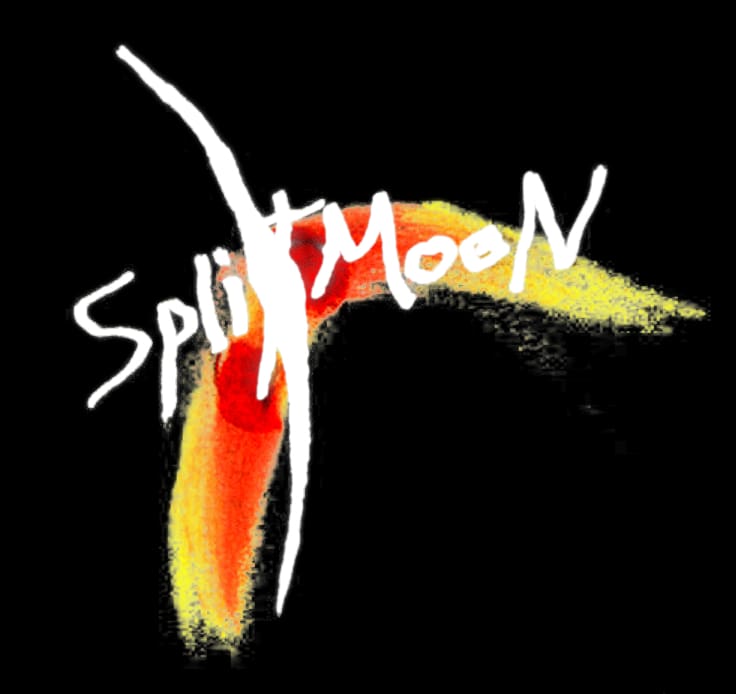Russian Avant-Garde Theatre: War Revolution and Design, 1913 – 1933
In collaboration with the Bakhrushin State Central Theatre Museum the V & A is now showing radical designs by the Russian Avant-Garde between 1913 and 1933. The exhibition is part of Russia Visualised – a presentation to celebrate the UK-Russia Year of Culture 2014.
The historical backdrop to this exhibition is dramatic: The fall of the Tsar, the two Revolutions, the Great War, the Famine, the Civil War – together with Religion and Nationality all canons and conventions were swept away. Artists came out of their studios and many of them gathered in the theatres where they could collectively experiment and formulate their new cultural identity. Western cubist and symbolist ideas were already growing out of clubs and variétés and circuses too had a huge influence on the perception of the theatre. Acrobats, clowns, musicians – even machines appeared bringing physicality and depth to an audience that was ready for the ultimate spectacle. Constructivist stage designs aspired to an unlimited freedom in an unlimited space. The speed was neck breaking. Looking at the wild and colourful designs and models on display each production seemed to represent an entirely new era. Among the highlights are Kazimir Malevich’s sketches and lithographs for Victory Over the Sun (1915), Liubov Popova’s maquette for The Magnanimous Cuckold (1922) as well as Alexander Rodchenko’s futuristic ensembles for The Bedbug (1929) alongside works by Vladimir Tatlin, Alexandra Exter, El Lissitzky and Varvara Stepanova.
Popova’s set design for example was comprised of a mechanical mill, wheels and conveyor belts and provided a backdrop for Vsevolod Meyerhold to present his acting theory of biomechanics, which favoured gesture over psychological interpretation.
The items are displayed in a red dimly lit design resembling a heart with the viewers circulating through its corridors and chambers. A 35-minute track with original recordings of folk and propaganda songs, of military marches and the Internationale sets the ambience in which the artists worked.
The revolt against a falling wall – the waning Tsar – may have been a soft one. The real danger was still to come. With Stalin’s rise to power a slightly different script was written. the Russian Avant-Garde who never really claimed to be political was chained by Social Realism and its watchdogs. They were deemed formalist and bourgeois – their art inaccessible for the working class. Those who kept resisting were gambling with their lives. The director giant Meyerhold was executed 1940, Les Kubas shot, whilst Mayakovsky committed suicide. By 1933 the messianic role of the Russian theatre came to a premature end.
On the way back to South Kensington Station I wondered has British Theatre been affected by this eastern nova, did the Russian Dionysos show at least the tip of his head? He certainly had a huge and lasting impact in the German theatre. In the twenties Brecht, Piscator and company took much of their inspiration and developed it into their own style.
Highly recommended. The exhibition runs until 25th January 2015.
Peter Sturm
